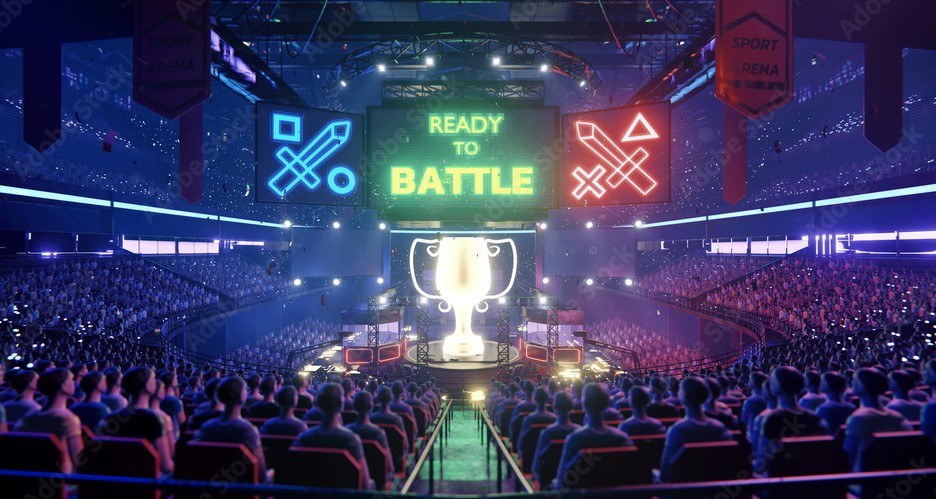(COLORADO SPRINGS) — Esports has grown into a more than $1 billion industry and high schools are getting a share of the action with their own teams.
According to its website, the High School Esports League (HSEL) was founded in 2012. It “harnesses students’ passion for video games through organized competition and academics” which it claims results in better engagement, GPAs, and attendance. In addition to the short-term benefits, students also compete for college scholarships.
Fountain-Fort Carson High School (FFCHS) senior, Garrett Savage signed a letter of intent to attend York College on an esports scholarship on Tuesday, Jan. 31. This is the first esports scholarship for a student at FFCHS with more to come. Savage signed to play Fortnite with his current record sitting at 271 wins, 10,531 kills, and a 2.74 KDR (kill-to-death ratio).
Jacob Schmied, head coach of the FFCHS Trojan Esports team, said, “This season, two of our players getting scholarships for esports, so far at least. One scholarship for $8k/year, and another for $14k/year. Nationwide, colleges offering esports scholarships is on a huge rise, and not just for players. Many colleges are offering scholarships for esports broadcasting and social media management.”
Schmied said that the team started at the beginning of the 2019-2020 school year which was the year that the Colorado High School Activities Association (CHSAA) included esports as a sanctioned activity. At that time Schmied was the assistant coach, helping out the then-head coach Charlie Jeffords to establish the team.
“We made announcements and flyers to gather interest, scrounged up equipment, and had our first meeting. I think we had 50-60 students at that first meeting, and we ended up with 30-35 players our first season in the fall of 2019,” Schmied said.
The high school’s team is still finalizing rosters but looks to have around 30 players with five being girls and one non-binary player. Two of those girls are the team captains for Overwatch 2 ” and do a great job leading the team,” according to Schmied.
I was really excited to get to be a coach. I think the coach-player relationship is a special one, one that is different than the teacher-student relationship. Coaches get to be mentors in ways that can help players grow immensely over the course of the season. When I was in high school, I wasn’t involved with anything. I felt like I didn’t have a place to belong. Esports gives students who were like me a place to belong, a place to be involved, a path to be a Trojan.
Jacob Schmied, Head Coach FFCHS Esports team
Schmied is onto something in providing a place to belong for students who may not fit into a traditional extracurricular. According to HSEL, “Esports curriculum and competition has been proven to improve GPA and attendance.”
Chris Shima, Scholastic Esports, CTE Curriculum Specialist for the West Region for Generation Esports said, “Something like 70% of kids that are on esports teams have never been a part of any kind of extracurricular before. When you think about a number like that, talk about making an impact at your campus in a major way.”
According to Generation Esports, 97% of teens ages 12 to 17 play video games. Now some of those games can offer a pathway forward that may not have been considered in the past. Along the way, students can pick up soft skills and even expand technical, social, and academic skills with an esports-centric curriculum, according to Shima and Generation Esports.
With millions in scholarships being given out each year, students who felt left out of the typical extracurricular activities like sports or band can now enjoy their slice of the pie. The possibilities are virtually limitless with the growth of this industry.
